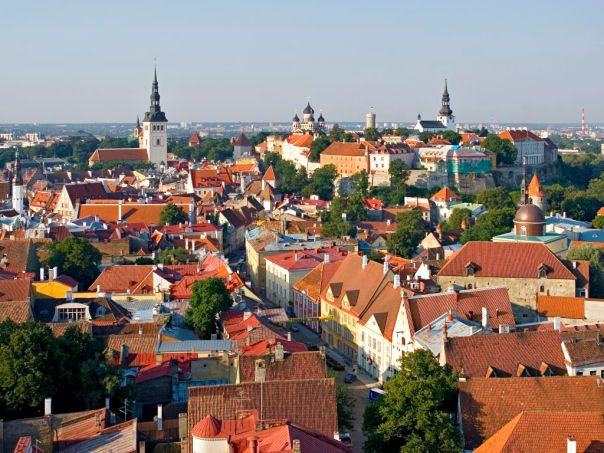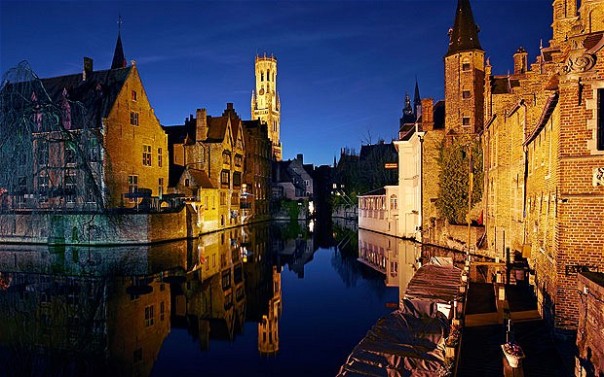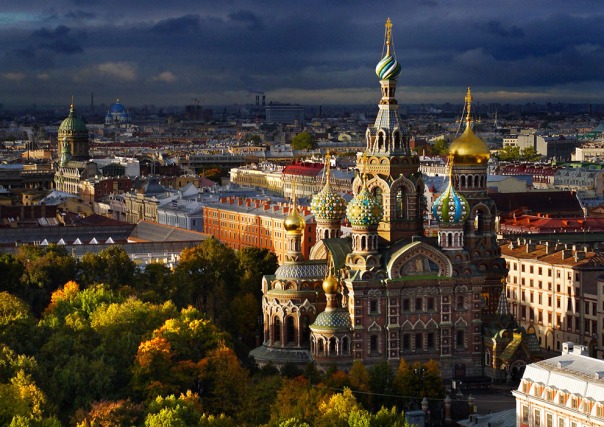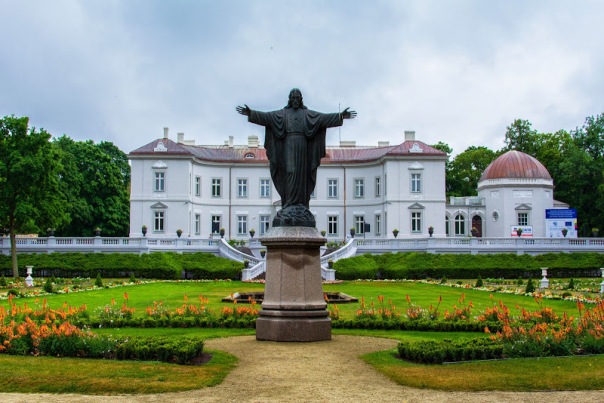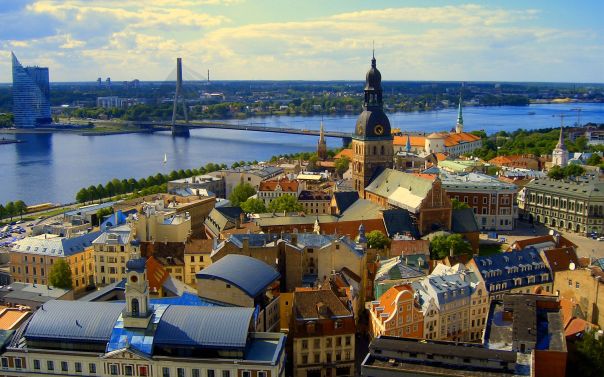Blog Archives
Spotlight on Northern Europe…
Northern Europe – especially the Baltics – offers the cruiser some charming cities, some only recently putting themselves on the tourist map after years of occupation. From medieval castles to sandy beaches, there is plenty to explore in an area rich in a diverse history. Here we’ve picked our favourite ports…
1) Tallinn
Tallinn is the capital of Estonia, the Baltic’s smallest independent nation. Cruise ships dock in the Old Habour, which is an easy walk into the centre.
The main attraction in Tallinn is the old, medieval walled city, which is a UNESCO World heritage site, set on the hill of Toompea. The buildings surrounding these cobbled streets have been well preserved and therefore the landscape has barely changed. Outside of the walled city, The Kadriorg Palace – which is the old Tsars summer residence – now hosts an art gallery which is worth a visit.
The town has a real bohemian feel; it’s great to relax and soak up the vibe. There are lots of fantastic galleries and shops to visit as well, selling lots of the local arts and crafts, with a good selection of antique shops peppered around, where you can pick up some unique pieces from the Communist Soviet Union era.
Top Tip: The old town is only accessible by foot and is cobbled and hilly in places, so make sure you wear comfortable shoes.
2) Bruges
Bruge is accessible from Zeebrugge port (literally translated as Bruge-On-Sea) and has an extensive canal network for you to explore. The city of Bruge was not developed for over 400 hundred years – so the buildings are fantastically preserved and it offers picture-postcard beauty.
Belgians love their frittes – so much so you can visit a museum dedicated to the history of the humble french fry and keeping on the food theme you can also visit an amazing chocolate museum, Choco Story to stock up on treats to take home with you. Bruge is also famous for lace, so there are some great places to learn more about this craft and see live demonstrations of items being made. If you prefer traditional museums, there are lots of great historical museums and art museums to choose from.
Top Tip: If you are travelling with a loved one, Minnewater, or the Lake of Love, is one of the most romantic spots in Bruges.
3) St. Petersburg
St. Petersburg was the capital of Imperial Russia from 1712 – 1914 and remains very much the cultural capital. Unless you are exploring with an official tour guide or on a ships tour, you will need a visa in order wander around on your own steam, but it’s not as difficult as you might expect.
Most cruises will dock overnight in St. Petersburg and even then, you have to choose wisely at what to see, as there are so many amazing places to visit. The beautiful Winter Palace houses the Hermitage Museum – the Lourve of the North – which houses lots of Matisses, Picassos and Rembrandts gets extremely busy. The Saviour on the Spilled Blood is an amazing brightly coloured, many domed cathedral where you can find a fantastic array of mosaics. A little further out is Peterhof Palace, with it’s magnificent fountains, is also not-to-be-missed.
Top Tip: Take advantage of your overnight port stop and watch the Russian Ballet.
4) Klaipeda
This charming Baltic city was closed off to tourism whilst it was part of the Soviet Union, but now is flourishing as a busy port and the only one in Lithuania.
There are not one but two UNESCO Heritage sites, Curonian Spit National park, which you view on your way into port and also Nerginga Nature Reserve. For a place so small you are spoilt for choice for things to do, in Palanga you will find the Amber museum and the world’s largest collection rare Amber inclusions. Another place worth a visit is Juodkrante, ‘The Hill of Witches’ which has carved wooden figures depicting Lithuanian folk-lore. Even a stroll round Old Town will offer you several museums as well as market where you can try local specialties such as smoked ham.
Top Tip: As well as the Amber museum, Palanga has a gorgeous sandy beach if you just want to relax and soak up some sun.
5) Riga
Riga is one of the most culturally rich cities in the Baltics, with a world class opera, lots of museums and gallaries and a thriving music and arts scene which has inspired lots of poets and writers.
The city retains lots of it’s medieval architecture, splattered with lots of art-noveau buildings and 19th century wooden buildings, for that reason it’s a UNESCO world heritage site. Riga’s Latvian Ethnographic Open Air Museum is a fantastic museum giving you an insight into Latvian life through the ages and with some great examples of local buildings through the ages. Riga Castle is also worth a visit – originally built in 1209 it has been destroyed and reconstructed twice, most recently in 1515. The market in Riga is also the oldest and largest in Europe, so make sure you stop by for a browse.
Top Tip: There are often poetry readings or fantastic live music in the many cosy bars and coffee shops, so make sure you try to catch some.
